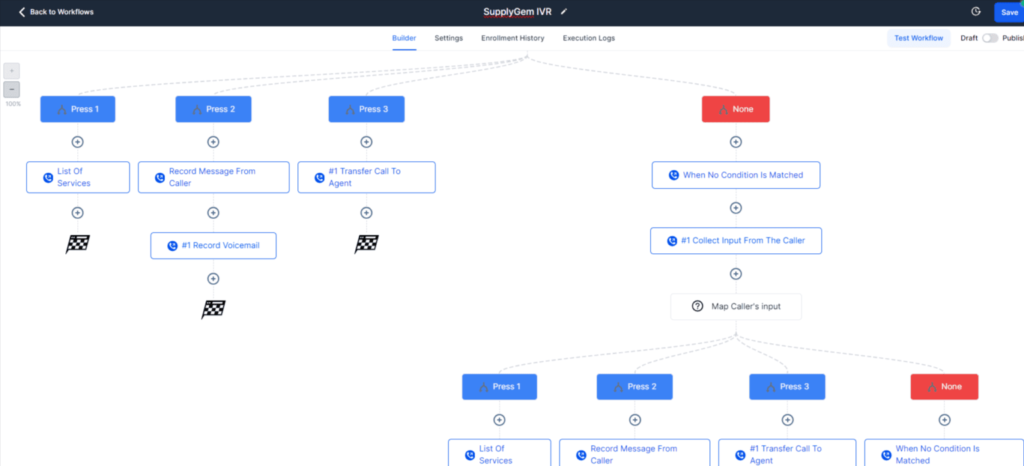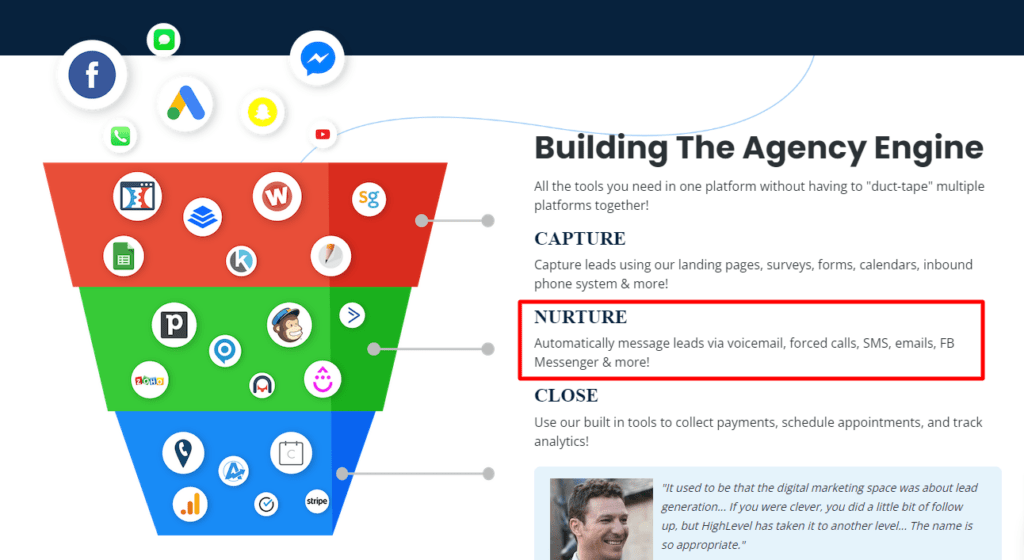
In the ever-evolving landscape of digital marketing, efficient lead management can make or break your sales strategy. GoHighLevel offers robust tools to automate your lead workflows, ensuring no potential customer slips through the cracks. In this guide, we’ll walk you through setting up an effective automation for new leads using GoHighLevel.
Creating an Automation Workflow from Scratch
Step 1: Setting Up the Trigger
Start by navigating to the Automations tab in your GoHighLevel dashboard and create a new workflow from scratch. For this example, we’ll focus on automating processes triggered by form submissions.
- Select the Trigger: Choose “Form Submitted” as the trigger event.
- Specify the Form: Indicate the specific form (e.g., “Contact Form”) that will initiate the workflow. This ensures the automation activates whenever a new lead fills out this form.
Step 2: Assigning the Lead
Once a new lead is detected, the first action is to assign it to a user within your system. This could be a sales representative or yourself if managing your own CRM.
- Assign to User: Choose the appropriate user to receive the lead. This person will be responsible for follow-ups and nurturing.
- Notification Settings: Enable notifications for the assigned user to ensure they are promptly informed about the new lead.
Step 3: Adding the Lead to a Pipeline
Next, integrate the new lead into your sales pipeline. Pipelines in GoHighLevel help manage leads through different stages of your sales process.
- Create/Update Opportunity: Set the action to “Create or Update an Opportunity.”
- Select Pipeline and Stage: Assign the lead to the main pipeline and categorize it as a “New Lead.”
- Opportunity Details: Customize the opportunity name using dynamic fields like “Contact Name,” and set the status to “Open.”
Step 4: Internal Notifications
To keep everyone on the same page, send an internal notification when a new lead is added. This notification can be an email or SMS to the assigned user, providing details such as the lead’s name, email, and phone number.
- Set Up Notification: Configure the notification settings, specifying the sender and recipient details.
- Personalize Message: Craft a message that includes relevant information about the lead and next steps.
Step 5: Communicating with the Lead
Automate an initial response to the lead to acknowledge their submission and set expectations.
- Send an Email: Create a thank you email for the lead. Use dynamic fields to personalize the greeting and content.
- Send an SMS: If the form includes a phone number, also send a confirmation SMS.
Step 6: Creating Follow-Up Tasks
Ensure consistent follow-ups by assigning tasks to the responsible user.
- Add Task: Create a task for the user to follow up with the new lead.
- Set Details: Include task descriptions, due dates, and any additional instructions.
Step 7: Additional Actions
Explore other actions like sending voicemails or adding contact tags for better organization and personalization.
- Voicemail: Record and upload a personalized voicemail to be sent to the lead.
- Contact Tags: Use tags for segmentation and to trigger other automations.
Workflows

Handling Lead Responses
To further streamline the process, set up a workflow to handle responses from leads.
- New Workflow: Create a new workflow triggered by “Customer Replied.”
- Pipeline Update: Move the lead to a new stage (e.g., “Responded”) upon receiving a reply.
- Tag Management: Update contact tags to reflect the lead’s response status.
Conclusion
Automating your lead management process with GoHighLevel not only saves time but also ensures no lead is overlooked. By setting up these workflows, you can focus more on engaging with potential customers and less on manual tracking.
Implement these steps to enhance your sales process and convert more leads efficiently. Stay tuned for more insights on leveraging GoHighLevel for your business growth.

